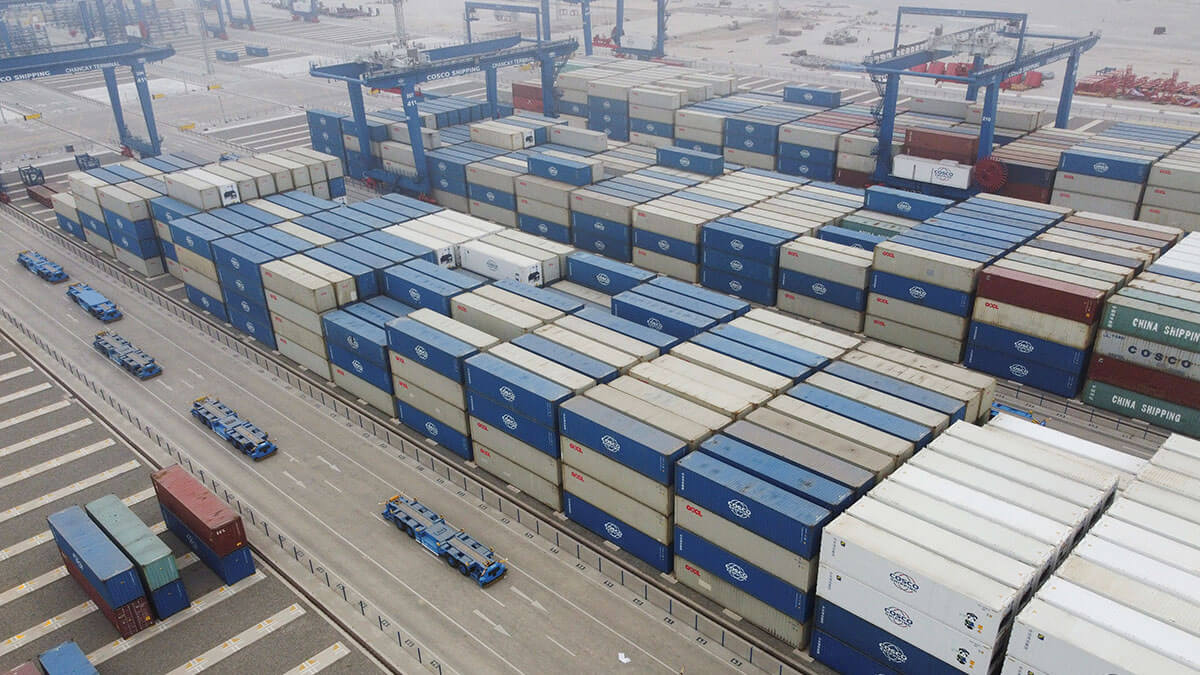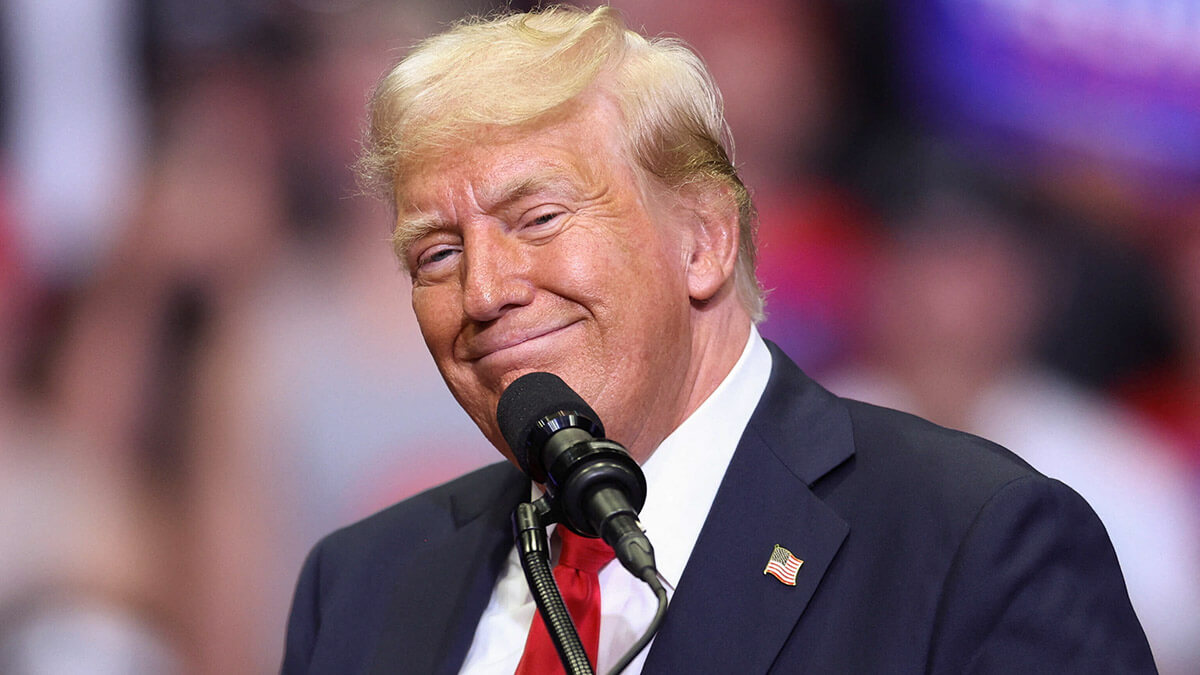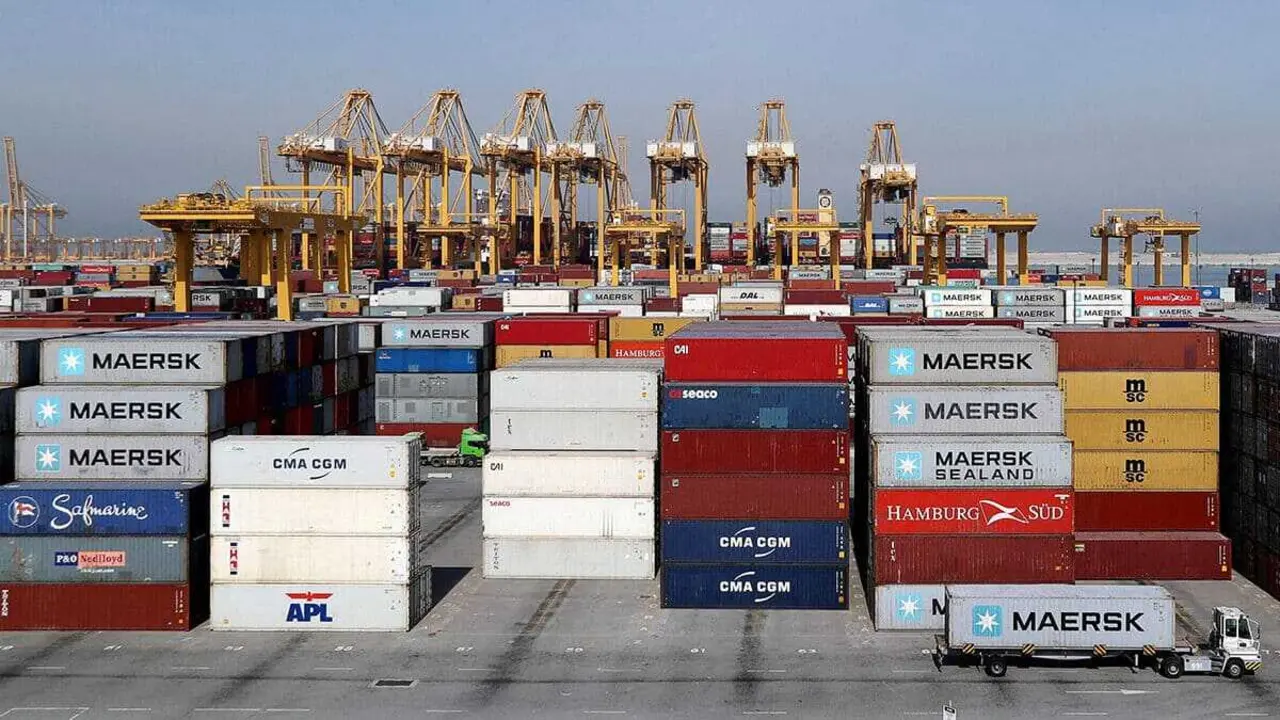Xi Jinping: China and the United States must ‘properly manage their differences’

Donald Trump's victory over the Democratic candidate, Kamala Harris, in the recent US presidential elections could provoke an intensification of the trade confrontation between the two great powers, whose shock wave could also affect Europe.
For the moment, Trump is prepared to impose tariffs of 60% on all products from the Asian giant and would also raise tariffs on Chinese electric vehicles by 100 or 200%, in the event that China were to enter Taiwan, as he stated in a recent interview. On the other hand, he would also set a universal tariff of 10% on products from any other country.

The previous trade war
In 2018, when President Trump launched a trade war against China, there was talk that China could soon overtake the United States as the world's leading power, yet today, due to real estate, debt and deflation problems, China is not ready to face another trade battle.
In 2022, bilateral trade peaked, but after 20 years as the leading exporter of goods to the United States, China was overtaken by Mexico in 2023, due to a 20% drop in its export volume.
In 2023, just under 30% of Chinese exports are estimated to go to the better-off Group of Seven (G7) countries, down from 48% in 2000, according to investment management firm Matheus Asia. This indicates that, despite trading less with the United States, global exports are now 14%, compared to 13% before the first Trump administration's tariffs.
In any case, after the first trade war, which continued under Joe Biden, China and its companies have begun to actively reduce their trade dependence on the United States and, as Trade War newsletter author Dexter Roberts stated, ‘China has been preparing for this day for some time. The US is much less important to its trade network [than it used to be]’.

The second trade war
Chinese leaders are prepared to confront the US should Trump start a second trade war by imposing tariffs of more than 60% on imported goods. Economists have said that this could halve China's economic growth rate, but the country could turn to its large domestic market to boost its economy.
However, China is not one of the only countries that could be affected by the tariffs that Donald Trump wants to impose, as he has proposed a tariff of 10-20% on all imported goods. This is a huge increase compared to the current 2%.
Immediately after winning the presidential election, Donald Trump promised to impose a 25% tariff on ‘all’ imports from Mexico and Canada, in addition to raising by 10% the already existing taxes on goods imported from China.
On 15 November, days after Trump took office, Xi Jinping declared that Donald Trump's threat to impose imports on China after his return to the White House represents a historic step backwards, as was the case during the US president's first administration.
'Mutually beneficial’ cooperation
Despite this, Xi Jinping congratulated the current US president via a phone call in which he mentioned that ways of understanding must be found between the US and China, as both countries would benefit from cooperation, but suffer from confrontation.
The current Chinese president also stated that the US and China should strengthen dialogue and communication and manage their differences appropriately. ‘We hope that both sides will uphold the principles of mutual respect, peaceful coexistence and mutually beneficial cooperation,’ Xi Jinping said.










